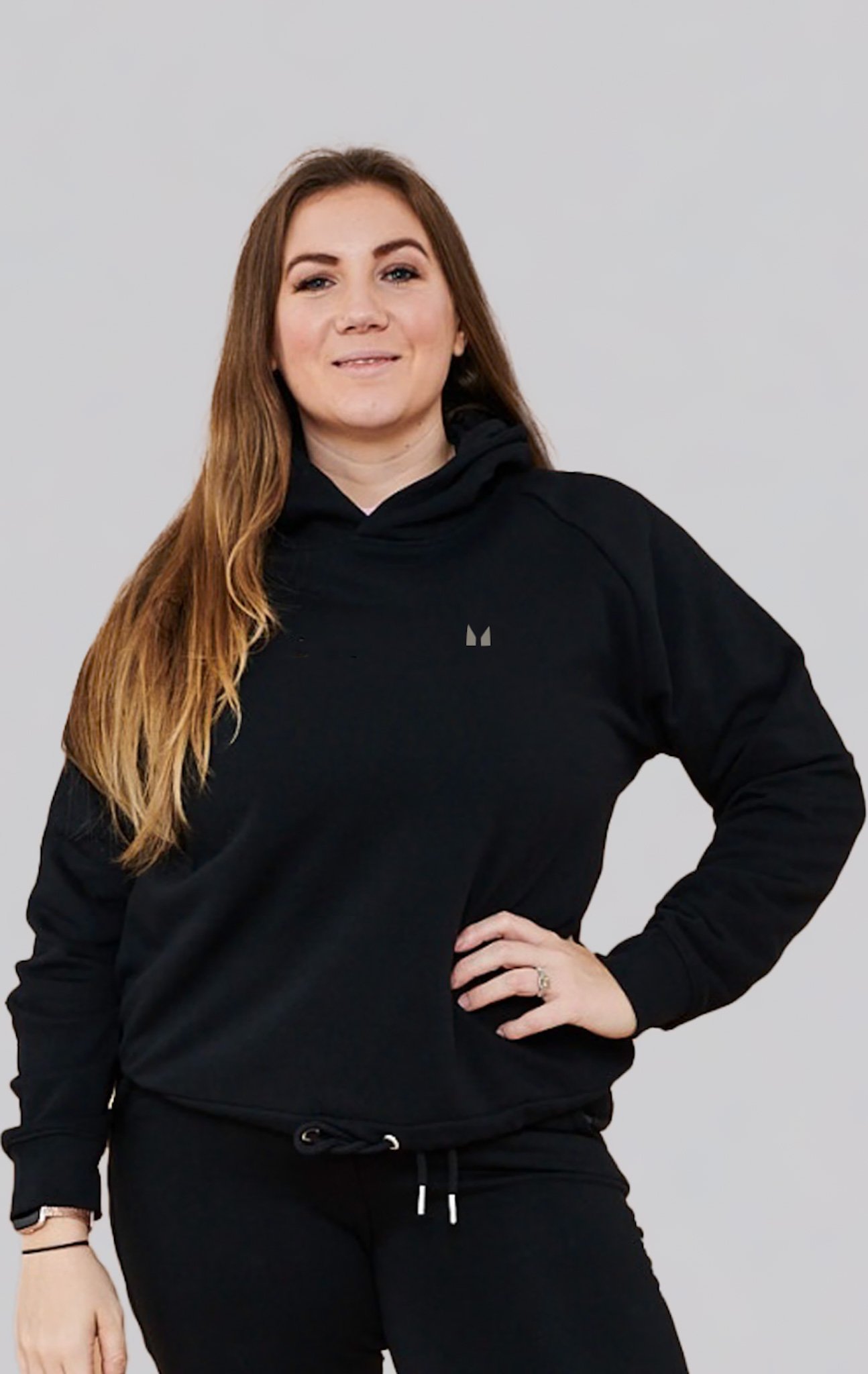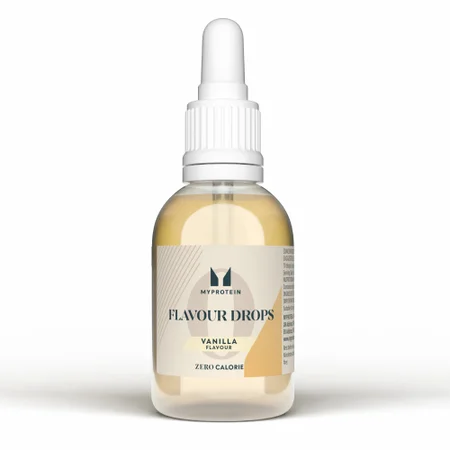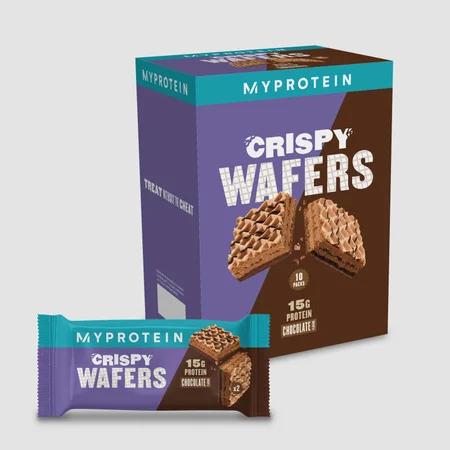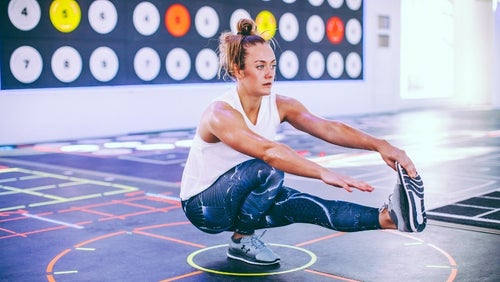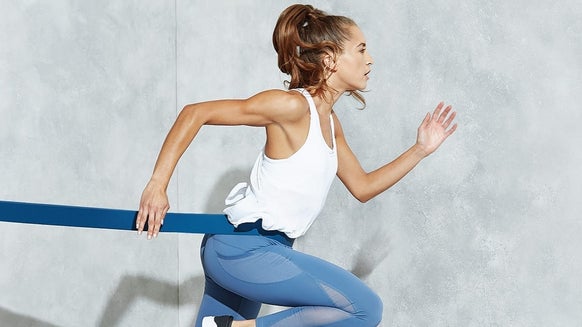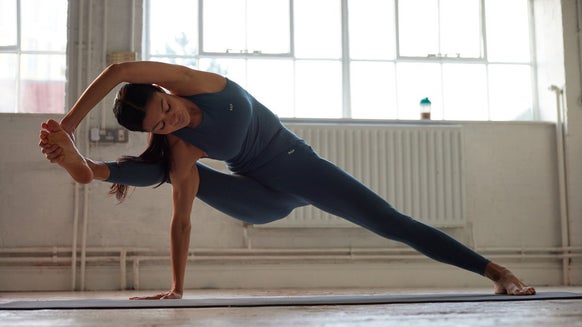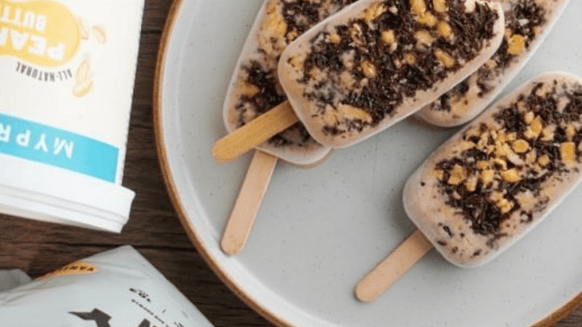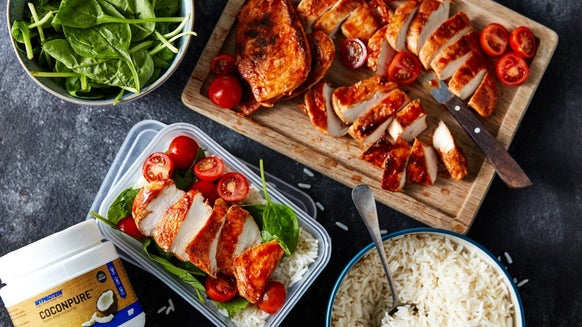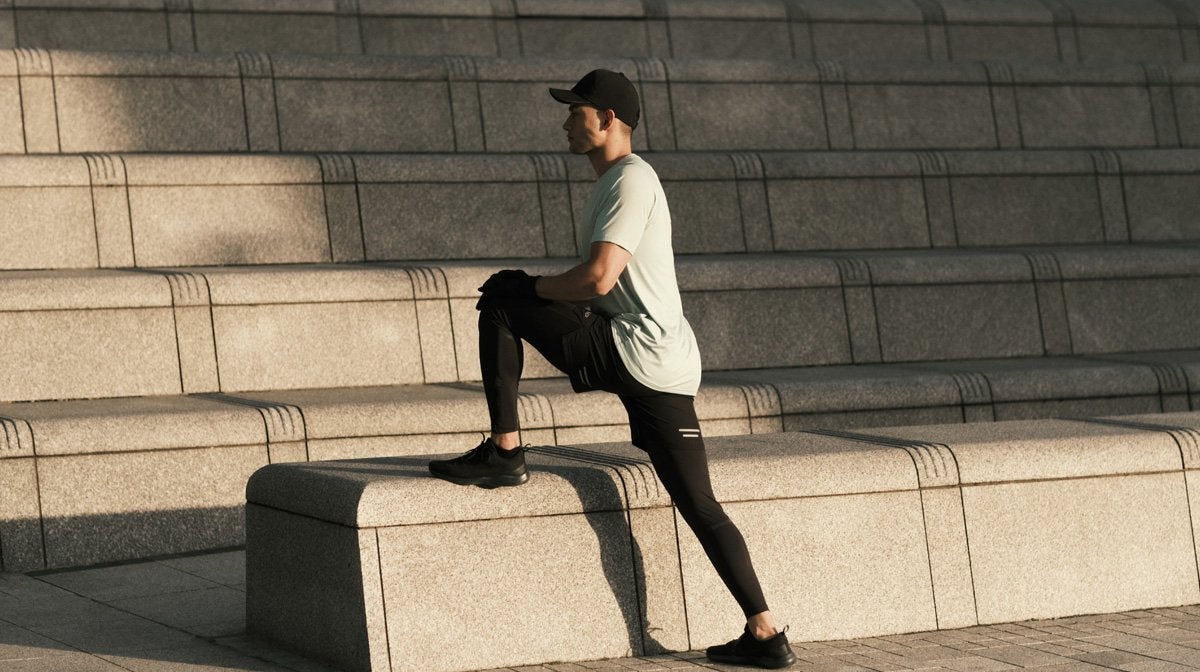
We tend to focus on the larger muscle groups when working out. But what about the smaller muscle groups?
Hip flexors are one such group. They play a vital role in our everyday movements, yet they're often overlooked.
Well, no longer. Here’s everything you need to know about the hip flexors, including how to keep them strong and mobile, and how to train them for better results.
What are hip flexors?
The hip flexors are a muscle group that helps with the flexing of the hip. When you bring your knees up to your chest, that's hip flexion, and the hip flexors are key to this movement.
They also play a role in maintaining balance in the posterior pelvic muscles, which consist of five key muscles that work together to aid movement, posture, and hip flexion. Keeping these muscles strengthened and stretched can help prevent injury.
Just like other muscles, hip flexors can become weak, short, or tight, which can lead to injury during sudden movements or sports. Poor posture, overuse, and arthritis can also cause pain and injury in the hip flexors.
How do you strengthen your hip flexors?
As we age, it's important to focus on strengthening our hip flexors. Weak hip flexors can lead to limited mobility and poor posture, which can cause other issues or injuries. Keeping our hip flexors in good shape can help us maintain mobility, improve posture, and even enhance our athletic ability, while preventing injury.
Hip Thrusts
Hip thrusts are one of the best exercises for the hip flexors. Not only do they target your glutes, but they also work your hamstrings and quads, helping to build speed and power in your legs as well as strength. Give them a go in your next barbell workout:
Sit on the ground with your back against a bench or chair and the barbell over your hips. Make sure your knees are bent and feet flat on the floor. Lean back so that your shoulders are resting on the bench, then drive your hips up towards the sky, keeping your feet flat on the floor. Your knees should be at a 90-degree angle, with your body forming a straight line between your shoulders and knees. Squeezing your glutes at the top of the movement, hold for a second, then slowly lower your hips down, controlling the movement to return to the starting position.
Bulgarian Split Squats
Bulgarian split squats are great for building strength and size in the leg muscles, so they should be a staple in any strength circuit for your lower body. Hip flexors are required to maintain stability and positioning throughout the squat.
Stand with a barbell across your shoulders or holding two dumbbells with your back towards your bench. One leg should be resting on the bench with your foot flat, so your knee is bent in a 90-degree angle. Start the movement by squatting with your leg that is standing, hinging at the hip and bending the knee, while also driving the back knee towards the floor. Keep your core tight throughout the entire movement. When your back knee touches the floor, pause, then drive through your front foot to straighten the leg and return to the starting position.
Kettlebell Swings
Kettlebell swings are a great movement for building a strong posterior chain and aiding with posture improvement. The movement helps build strength in the hip flexors and loosens tightness to improve pelvic mobility. Plus, it's a great combination of strength and cardio in one movement:
Start with the kettlebell on the floor slightly in front of you between your feet, which should be shoulder-width apart. Hinge at the hips, grab the kettlebell on top of the handle and pull it back between your legs to start the momentum. When the kettlebell is at the furthest point back between your legs, drive your hips forwards and keep your core engaged, chest lifted to send the kettlebell up to shoulder height. Let the bell return between your legs and repeat.
How do you stretch your hip flexors?
Both sport and everyday life can cause the hip flexors to shorten and become tight. Sitting for long periods of time affects posture and the hips, leading to tightening in our hip flexors.
Stretching can lead to improved flexibility, which will help us to stay fit and healthy as we get older, as well as improved mobility and reduced risk of injury.
Lunges
Lunges are great for the legs and glutes but also great for stretching out the hip flexors.
Step forward with one leg, brace your core and set your back, pulling your shoulder blades back and down. Start the movement by squatting down through your hips, making sure to keep your upper body straight and head up. Make sure not to let your knee track out over your toes. When both knees are at a 90-degree angle, hold the stretch for 20-30 seconds before releasing and repeating on the other side.
Kneeling Hip Flexor Stretches
Kneeling hip flexor stretches are a fantastic way to really get a deep stretch in your hips. They're also great for anyone who might find it difficult to maintain their balance in a lunge position.
- Place a mat on the floor and kneel on both knees.
- Lower your backside down on the heels of your feet and step your left leg forward into a lunge position, keeping the back knee down and pressing the front foot into the floor.
- Keep your upper body straight, place both of your hands on your left knee for support and lean forward slightly to deepen the stretch.
Hold for 20-30 seconds before exiting the stretch and repeating on the other side.
Butterfly Stretches
Sit down on your mat with your legs in front of you. Reach forward and hold onto your ankles, then slowly bring them in so your feet are close to your groin. Once both legs are bent with the feet close to your groin, allow the bottom of your feet to touch together. Make sure to stay holding onto your ankles and rest your elbows on top of your knees, you can slowly add pressure to drive your knees down to the floor. Hold the stretch for 20-30 seconds before releasing and then repeat.
Take Home Message
It doesn’t matter whether you’re a pro athlete or new to exercise — it’s important to take care of your body. Even everyday use of the hips can lead to your hip flexors becoming tight and leading to postural problems, restricted mobility, and potential injury.
Taking time each week to include these movements in your training can help you build stronger hip flexors, and making sure to stretch afterwards allows them to be flexible enough to support you both in your training and everyday life.
TRY THESE NEXT:
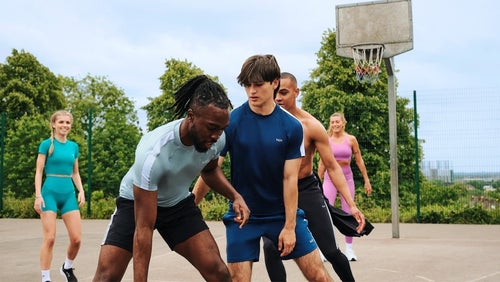
How To Set A SMART Goal
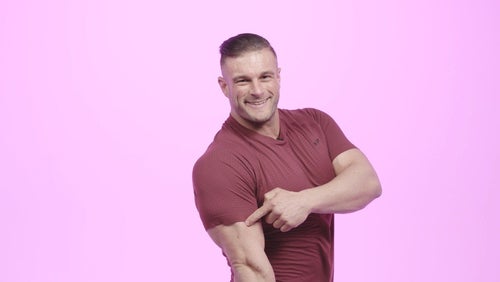
Cut Or Bulk | PT Explains Which To Do First
To cut or to bulk, that is the question....
